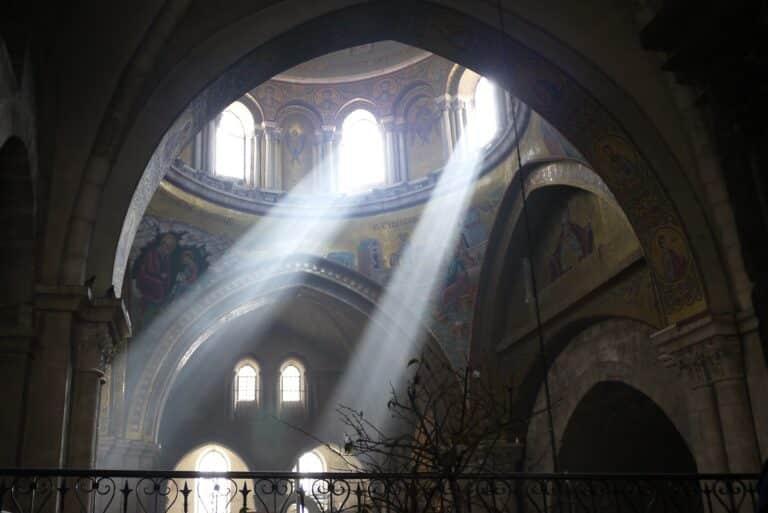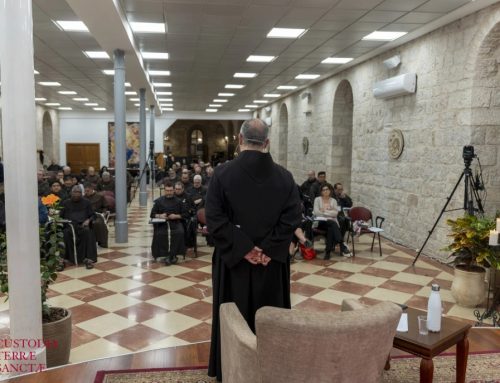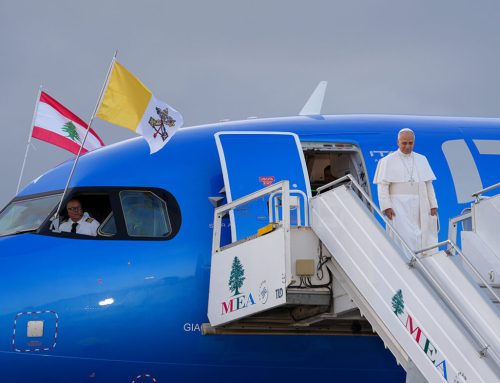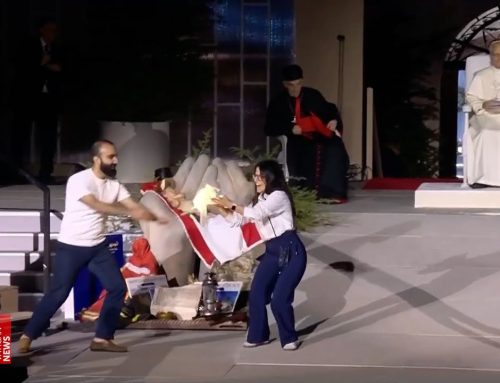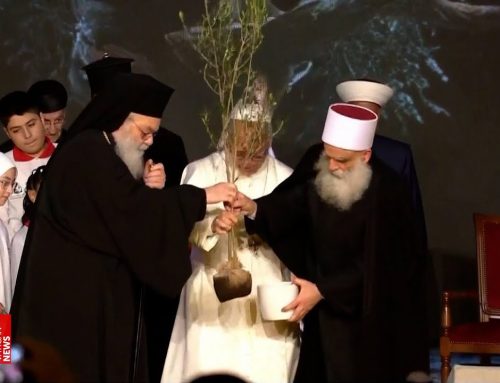Christmas in the Holy Land, usually full of people, smiles, celebrations, and journeys, had a different flavor this year. More than a festive moment, our colleagues Andrea Avveduto and Giacomo Pizzi, who traveled to the Middle East from Christmas to early January, recall a period suspended between tension and silence.
“We spent most of the trip in Jerusalem, then ventured south to Bethlehem, Bethany, and Jericho, and then north to Samaria, visiting Sebastia and Ramallah,” recounts Giacomo. If the very names of these places evoke ancient stories, revelations, and prophets, today they seem wrapped in an almost surreal desolation.
“It was strange to spend the holidays in the Holy Land,” comments Andrea, “because it’s usually a time when there are many pilgrims and tourists arriving to celebrate Christmas in Bethlehem and then take the opportunity to visit all the surrounding places. Instead, we saw an empty Church of the Holy Sepulchre.” “I had already spent a Christmas in the Holy Land,” adds Giacomo, “but this time, the atmosphere was very different, I would say almost ‘subdued’: there were no celebrations, nothing that gave the impression of being in a festive period.”
“Even the Basilica of the Nativity, usually crowded with pilgrims and voices from every corner of the world—especially at Christmas, of course—was almost empty: only a few clergy members and some locals passed through its aisles, also in silence. Moreover, this year,” explains Andrea, “the Christmas holidays coincided with Hanukkah, the Jewish festival: this coincidence accentuated the alienation felt while walking through cities immersed in an unreal stillness.” A stillness that, however, cannot completely mask the fear felt among the local people.
The war, although distant from the places visited by our colleagues, makes its presence felt daily. One night, the air raid sirens broke the silence for the arrival of missiles from Yemen: “No one was particularly alarmed; it almost seems like no one notices it, but beneath the surface,” explains Giacomo, “there is much fear. It’s a silent, pervasive fear that accompanies daily life.”
“Many people seem disheartened; they have no hope for the future. And this,” adds Andrea, “is a condition visible among Arabs and Jews alike, Palestinians and Israelis. On a foreign policy level, unfortunately, Netanyahu’s government still enjoys strong support in Israel. And this, of course, is a problem.”
“It’s a problem because it means that the two peoples are now definitively distant: it will take who knows how many years to rebuild relationships, to regain the trust that has now been lost.” Yet there exists a silent resistance, made of subtle connections and moments of sharing: “There are still points of contact,” Andrea continues, “workplaces where Arabs and Jews collaborate, where they try to build something together.”
It is in these fragments of humanity that a glimmer of hope can be seen; it is towards this virtuous construction that travels and projects in the Holy Land find fertile ground to take root. The story of Giacomo and Andrea sheds light, alongside the strangely empty streets under a different Christmas, on a Holy Land that asks to be heard. It asks not to be forgotten, to be recounted in its shadows and lights, in the silences and smiles of moments of sharing.
“We will tell you more about this journey, difficult but wonderful, born to give life to a new project that is extremely important and exciting for us.” The first chapter of this journey thus closes, with the prospect of a complex reality in which fear and pain intertwine with daily life and the desire to build and remember.

